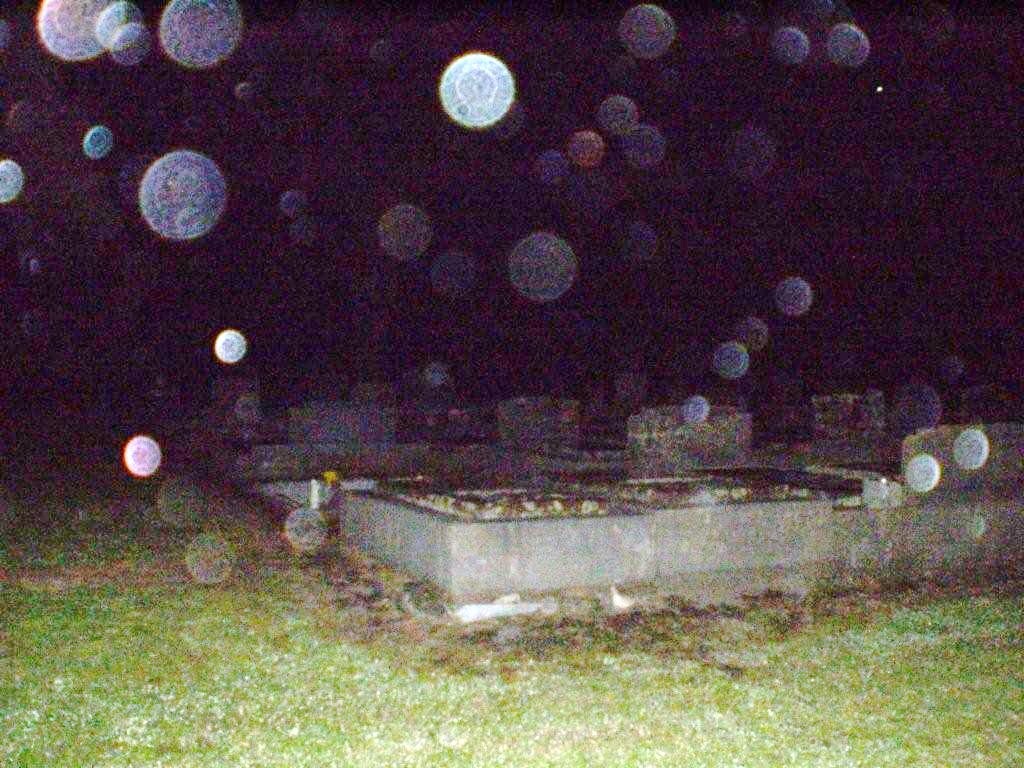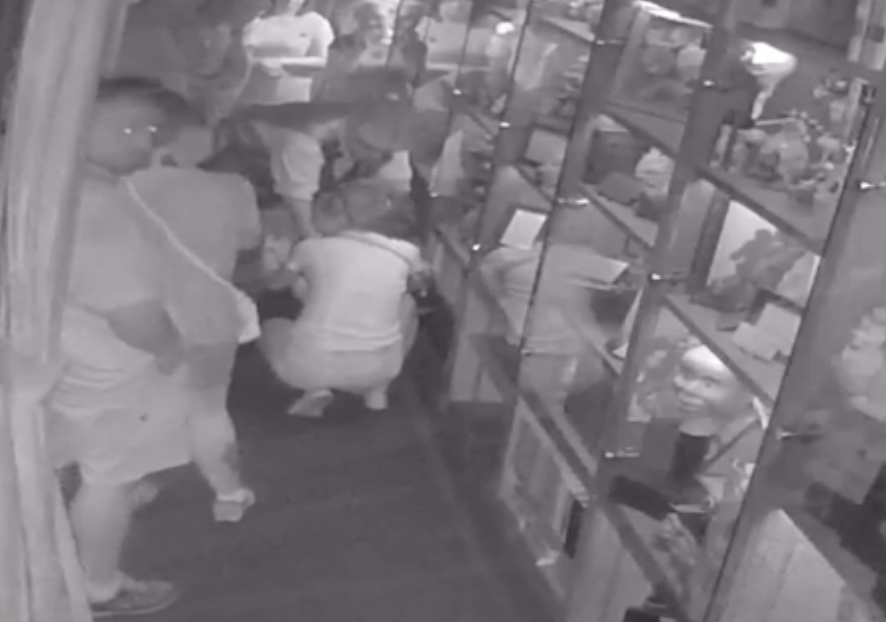
- HOW TO TELL THE DIFFERENCE BETWEEN DUST AND ORBS IN VIDEOS FREE
- HOW TO TELL THE DIFFERENCE BETWEEN DUST AND ORBS IN VIDEOS WINDOWS
HOW TO TELL THE DIFFERENCE BETWEEN DUST AND ORBS IN VIDEOS FREE
If you don't want too many spiders hanging around, making your place unpleasant for them - keeping it clean, sealed from the outside and free of insects - makes it more pleasant for you.The Orbs Evolutionis a special book, a book covering all the known aspects of this wonderful, new phenomenon known as Orbs. They eat insects (one spider can eat up to 2,000 insects a year), which keeps those pesky creatures out of our homes and away from our food crops. A win-win on cobwebsĮven if you don't want to live with spiders or walk into a cobweb in the middle of the night, it's good to keep in mind that spiders are beneficial. If you think you have too many cobwebs or too many spiders, you might have an infestation and you should call an exterminator. The added bonus is that you'll be warmer this winter.
HOW TO TELL THE DIFFERENCE BETWEEN DUST AND ORBS IN VIDEOS WINDOWS
If it's possible, seal the areas around your windows to keep any unwanted pests from entering. Spiders get into your house or apartment through vents, windows and doors.

The overpowering scent might make spiders set up shop elsewhere. You might also try spraying peppermint essential oil or vinegar mixed with water in the corners. Dust light bulbs, lampshades, plant leaves and other spots that might not get your regular attention.

Get to know your duster and use it often. Keep rooms as neat, clean and decluttered as you can. Unused rooms with lots of clutter make ideal spots. Spiders like to set up shop where they are left alone, where they can spin their webs and grab their food. How do I prevent cobwebs from coming back? Vacuum those if you can or run water over them to wash them away. Sometimes there are cobwebs outside your windows. If they're attached to curtains, you should throw them in the wash or use a lint roller to pick up the cobweb. For high webs, try using a long-handled duster or a broom handle covered in a sock – but then vacuum them up. The easiest way to get rid of them is to vacuum them up. Not to judge, but cobwebs make your space look and feel unkempt. And then you've got a cobweb of the sort you see sprouting from skulls conveniently sitting on desktops in horror films. If the web is in a hidden spot in your apartment, all that sticky silk will attract dust and dirt. If you took the ratio of strength-to-density, spider silk is stronger than steel, and it can stretch a lot before it snaps. But the web remains.Īnd they can last a long time. When the food source stops, the spider is likely to pick up and leave. Spiders hang out and eat insects, which is a good thing. Depending on the spider's species, they may up to three of four types of silk to make the webs. Their web designs vary from sheet, spiral orb, funnel or tubular to tent. Spider webs are more sophisticated structures that appear two-dimensional. They often collect dust and dirt and trap prey. They consist of major ampullate silk and are “gum-footed" or sticky. Cobwebs are tangle webs, which are asymmetrical and look like a bunch of jumbled threads supported by a base. That number changes as new spiders are discovered.ĭifferent spiders create different webs from silk spun in different shapes. What's the difference between a cobweb and a spider web?Īccording to the World Spider Catalogue (you just knew there'd be such a thing), there are 49,657 species of spiders in the world. So, what are cobwebs, exactly? In science lingo, the word “cobweb" is specifically used to describe the messy, tangled three-dimensional web produced by spiders in the families Theridiidae (for example, cobweb spiders, tangled web spiders, comb-footed spiders) and Linyphiidae ( aka money spiders or sheet weavers).

Over time, people have come to refer to the elegant, neat and tidy web occupied by a spider as a spider web and to refer to any abandoned, dusty web as a cobweb. To add further confusion, the word “cobweb" comes from the Middle English, coppeweb, with coppe being the word for spider. Yes, spider webs and cobwebs are related.

How did they get there and how can you get rid of them? First, let's break cobwebs down. Look around your apartment - in the space between the bulb and a lampshade, under your desk, beneath the sofa. But cobwebs are not just relegated to haunted houses. With Halloween around the corner, it's hard to avoid creepy images of dusty old cobwebs.


 0 kommentar(er)
0 kommentar(er)
